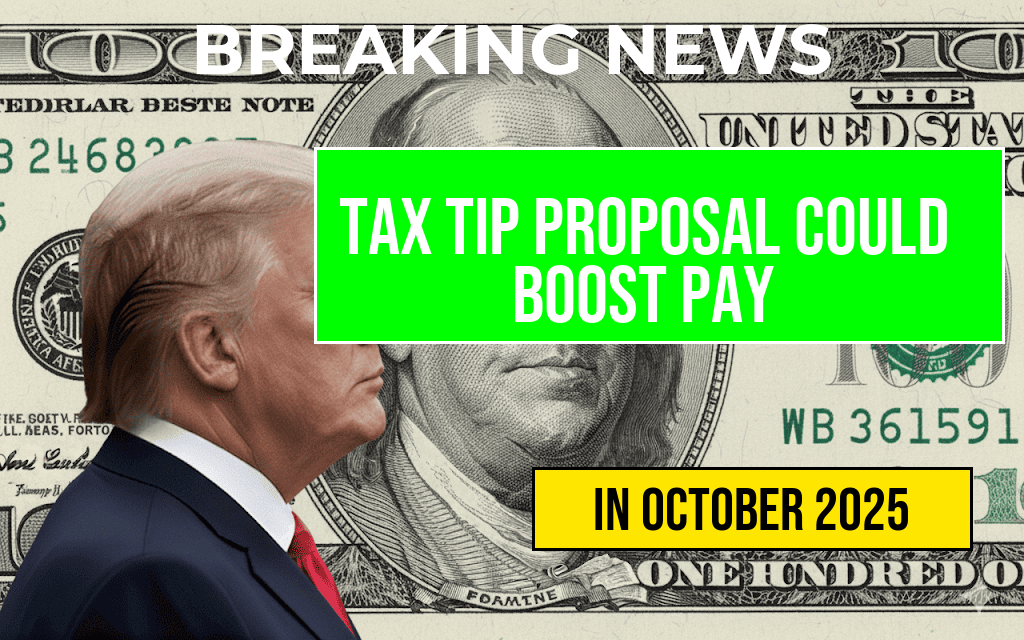IRS Penalties in 2026: Avoid the $485 Late-File Fine as Penalties Increase
Taxpayers should prepare for sharper penalties starting in 2026, as the Internal Revenue Service (IRS) plans to increase late-file fines and other enforcement measures. The most notable change is the potential $485 penalty for failing to file federal tax returns on time, a figure that represents a significant jump from previous years. With the IRS aiming to tighten compliance efforts amid budget constraints and rising tax gaps, understanding the new penalty thresholds and strategies to avoid costly sanctions becomes essential for both individual filers and businesses.
While the IRS typically enforces late-file penalties for non-compliance, recent updates suggest that these fines will see substantial increases over the coming years. For taxpayers, this means that missing the April deadline or submitting incomplete returns could result in financial penalties that compound quickly if not addressed promptly. The agency’s renewed focus on enforcement aligns with efforts to close the tax gap and improve revenue collection, making it more important than ever to meet filing deadlines and pay owed taxes on time.
What Changes Are Coming in 2026?
The IRS has announced plans to adjust penalties for late filing and late payment starting in the 2026 tax year. The most prominent change involves the late-file penalty, which will increase to a maximum of $485 per return for taxpayers who do not file by the deadline. This figure is part of a broader set of adjustments designed to incentivize timely compliance and reduce the backlog of unfiled returns.
| Penalty Type | Current (2024) | Projected (2026) |
|---|---|---|
| Late-Filing Penalty | $435 or 5% of unpaid taxes per month (whichever is less) | $485 or 5% of unpaid taxes per month (whichever is less) |
| Late Payment Penalty | 0.5% per month of unpaid taxes | 0.5% per month of unpaid taxes |
| Interest Rates | Variable, based on federal short-term rate | Variable, adjusted periodically |
These adjustments are part of the IRS’s broader effort to modernize its enforcement tools and encourage taxpayers to meet their obligations promptly. The agency has also indicated that penalties for failure to pay taxes on time will remain at 0.5% per month, but with increased penalties for repeated violations and substantial unpaid taxes.
Strategies to Avoid the Penalties
Taxpayers can take several proactive steps to avoid the looming penalties in 2026. Ensuring timely filing and payment remains the most effective method, but there are additional considerations:
- File for an extension: Filing Form 4868 grants an automatic extension of six months, giving taxpayers until October 15 to submit their returns without penalties. However, this does not extend the deadline for paying taxes owed.
- Pay as much as possible: Even if unable to pay the full amount, paying a portion reduces the penalty for late payment and interest accruing on the unpaid balance.
- Set up installment agreements: For larger balances, establishing a payment plan with the IRS can prevent collection actions and reduce late-payment penalties.
- Keep accurate records: Proper documentation of income, deductions, and payments can help avoid errors that trigger penalties or audits.
- Monitor IRS correspondence: Respond promptly to notices or requests for additional information to minimize penalties for non-compliance.
Potential Penalties Beyond Late Filing
Besides the late-file and late-payment penalties, the IRS can impose additional sanctions for specific violations, such as fraud or negligence. Starting in 2026, enforcement actions may become more aggressive, including increased audits and penalties for underreporting income or claiming improper deductions. Taxpayers should consult reputable sources like the IRS Wikipedia page or seek advice from qualified tax professionals to stay compliant.
Impact on Small Businesses and Individual Filers
Small business owners, self-employed individuals, and individual taxpayers will face similar penalty adjustments. For businesses, late-file penalties can significantly affect cash flow and credibility with creditors. The IRS has historically prioritized enforcement against large corporations and high-net-worth individuals, but increased penalties aim to close gaps at all levels of compliance.
| Taxpayer Type | Typical Penalty Scenario (2024) | Projected Penalty Scenario (2026) |
|---|---|---|
| Individual taxpayer | Late filing of $10,000 owed: $435 or 5%, whichever is less | Late filing: up to $485 plus additional penalties if overdue |
| Small business | Late submission of quarterly returns | Increased fines, potentially exceeding $485 depending on overdue period |
As the IRS ramps up its enforcement measures, taxpayers are encouraged to review their compliance practices well before the 2026 changes take effect. Staying ahead of deadlines and maintaining open communication with tax professionals can mitigate potential financial repercussions.
For more information on IRS penalty regulations and updates, visit the official IRS website or consult a qualified tax advisor.
Frequently Asked Questions
Question
What is the late-file penalty for 2026, and how much could I be fined?
Question
How can I avoid the $485 late-file fine in 2026?
Question
Are there any exceptions or special circumstances that allow for penalty relief?
Question
When is the deadline for filing taxes in 2026 to avoid penalties?
Question
What are some best practices to ensure timely filing and prevent penalties?










